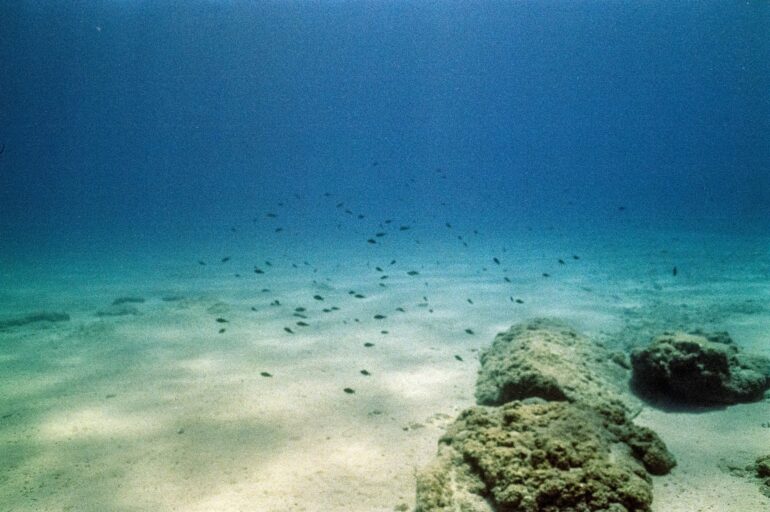A new study has unveiled the key mechanisms that preserve organic carbon in the ocean—a poorly understood but vital process that influences the Earth’s climate, carbon cycles, and formation of fossil fuels.
Organic carbon typically breaks down in most environments. Yet, vast amounts remain preserved in marine sediments, a mystery that has puzzled scientists for decades.
Over time, preserved organic carbon can transform into oil or gas, effectively locking away significant amounts of carbon that could otherwise be released into the atmosphere as carbon dioxide—Earth’s biggest contributor to climate change.
Now, research published in the journal Nature Geoscience, led by scientists from The University of Manchester and the University of Leeds, has identified two overlooked processes that play a dominant role in preserving organic carbon beneath the ocean floor:
Sorption—the uptake of carbon by minerals
Molecular transformation—the conversation of smaller, reactive molecules into larger, less reactive molecules
This new understanding could inform strategies to limit carbon emissions from oceans, offering valuable tools in the fight against climate change.
Over several years, the research team developed a comprehensive model that considers a wider range of carbon preservation processes than ever before. These include burial in sediments, hydrolysis (the breakdown of carbon in water), sorption (uptake of carbon by mineral surfaces), and molecular transformation (the formation of larger, less reactive molecules).
The researchers compared their model to real-world data collected from ocean sediments. The results found that carbon preservation efficiency was almost three times higher than previously calculated by other models.
They also found that their calculations better matched the real-world field data, providing more accurate predictions of how much organic carbon is stored under the sea. They then used artificial intelligence along with their model to find out which processes play the key roles.
Dr. Peyman Babakhani said, “Understanding how and why carbon is stored in marine sediments is crucial if we are to harness or replicate these natural processes to combat climate change.
“Our findings shed light on mechanisms that were previously overlooked, offering new pathways for carbon management. It was amazing to see how the combination of a new numerical model, Monte Carlo, and artificial intelligence provided crucial insight into the preservation of organic matter in marine sediments that had been debated for decades.
“AI, often seen as a black box, became a powerful tool when applied in the right way, helping us understand complex environmental processes.”
The study highlights the crucial role of sorption and molecular transformation in the carbon cycle. Together, these processes protect organic matter from degradation in the top layer of ocean sediment and transport it deeper. Over time, this preserved carbon can transform into oil or gas—preventing it from being released as carbon dioxide into the atmosphere.
The new insight and models may be used to investigate climate change mitigation strategies such as ocean fertilization.
More information:
Peyman Babakhani et al, Preservation of organic carbon in marine sediments sustained by sorption and transformation processes, Nature Geoscience (2025). DOI: 10.1038/s41561-024-01606-y
Provided by
University of Manchester
Citation:
Scientists reveal overlooked ocean processes crucial for carbon storage (2025, January 3)



